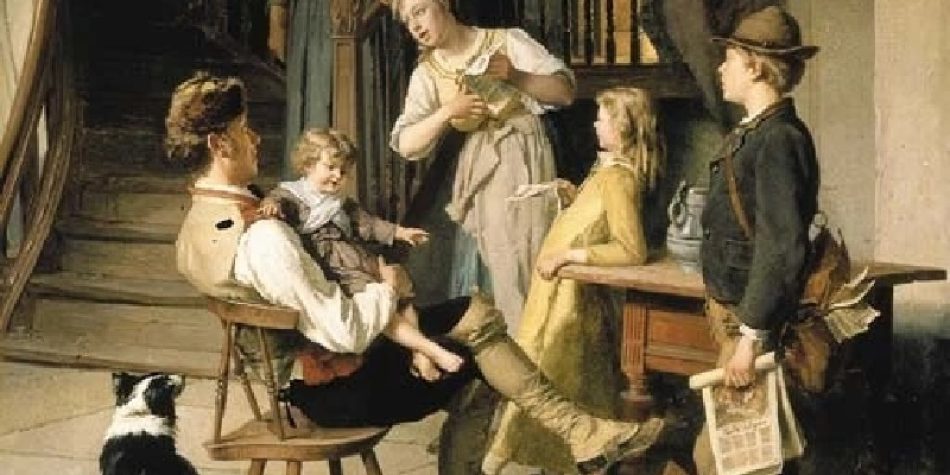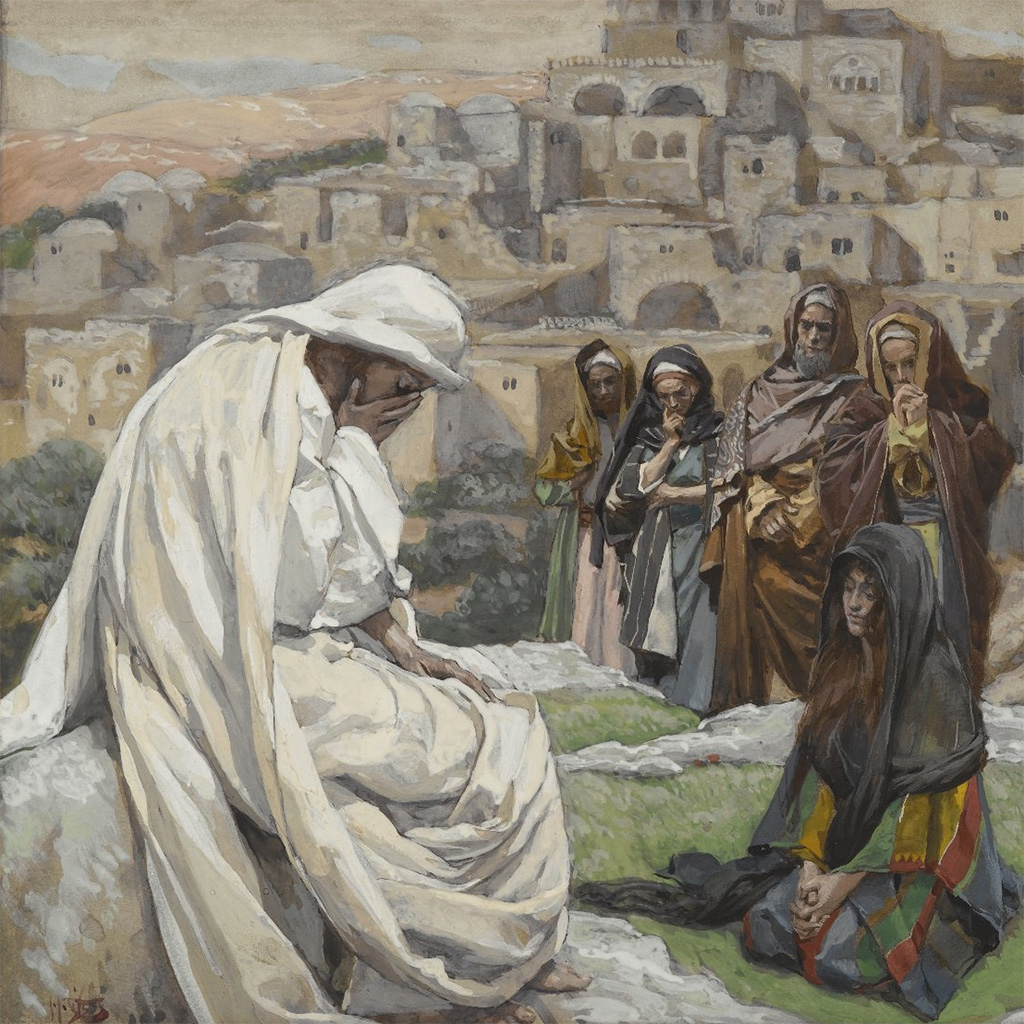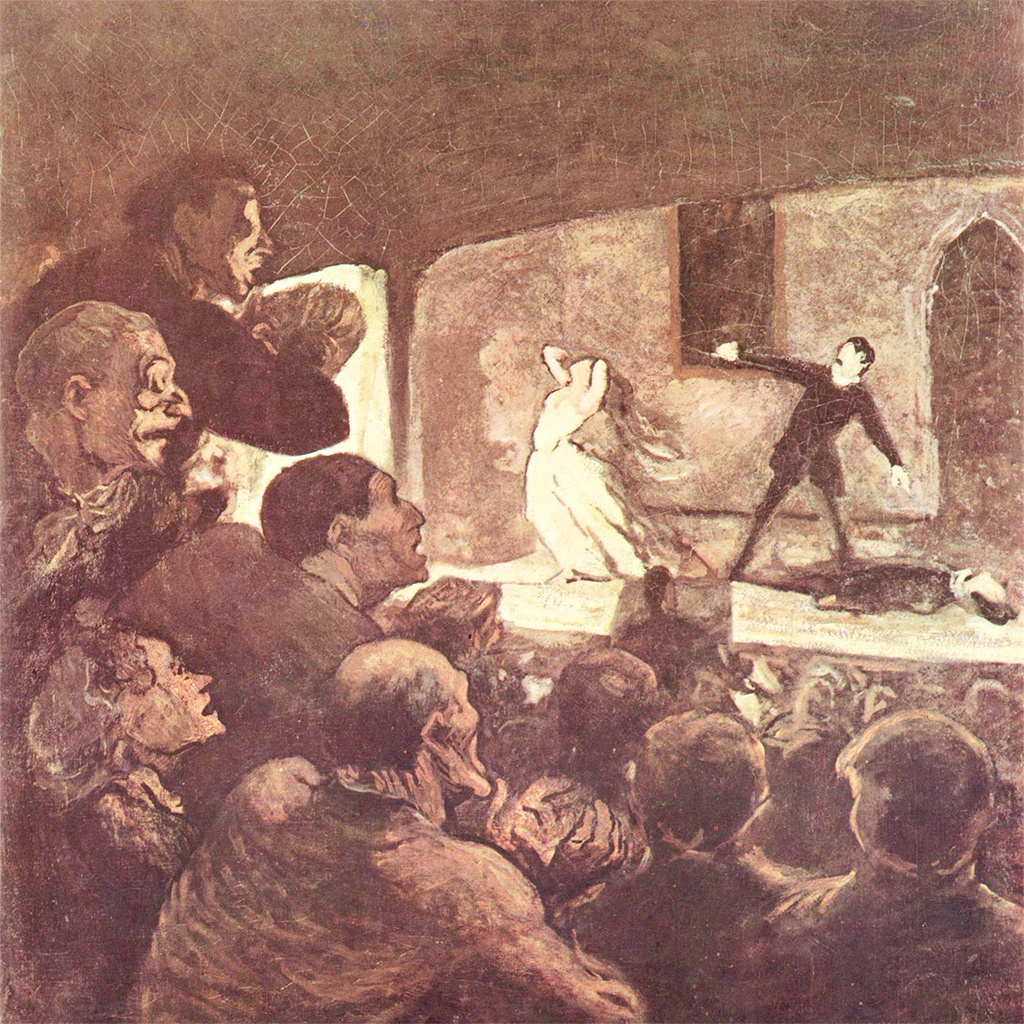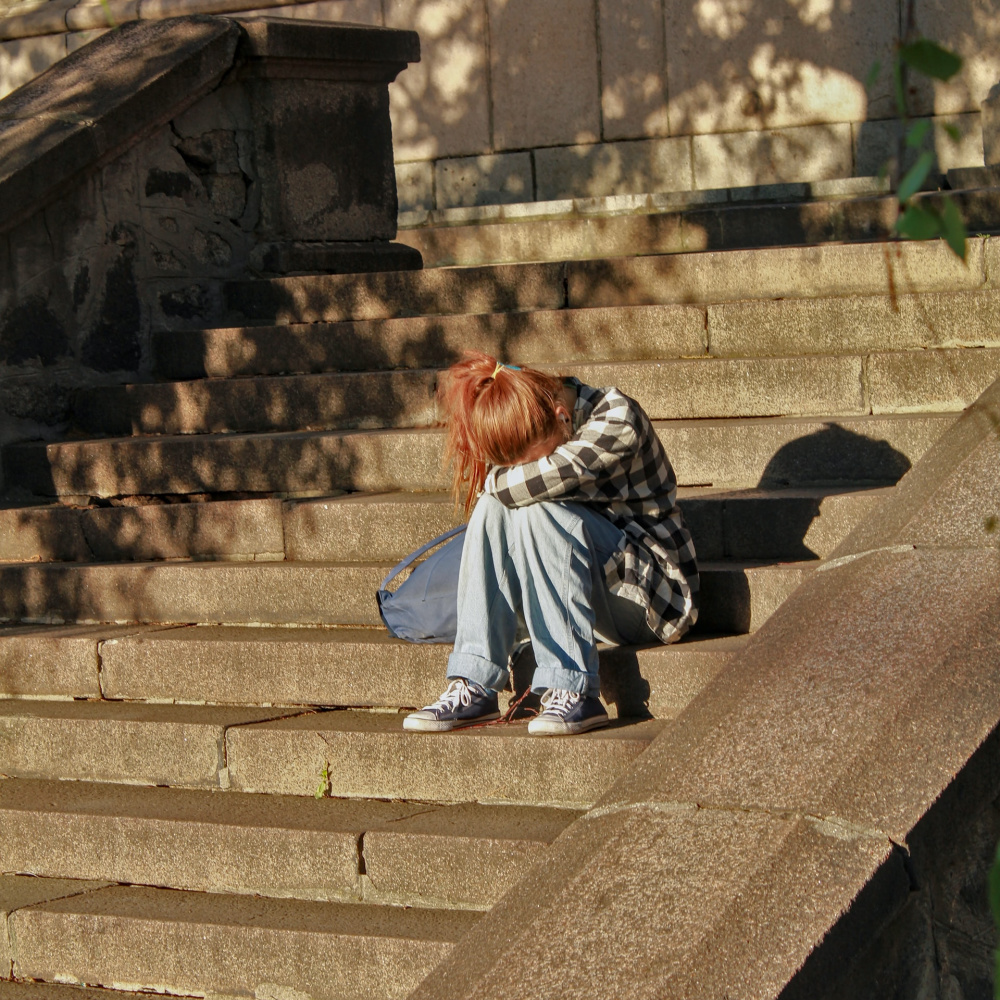Few single events in human history have affected a significant majority of people on earth—the COVID-19 pandemic is one of those widely shared experiences. Nearly all individuals and families experienced various levels of stay-in-place mandates, significant trials, and/or heartbreaking losses. As families hunkered down in their homes during the early days of the pandemic, family communication was often stretched and tested in new ways.
In a recently published study that explores the impact the COVID-19 pandemic had on family communication, interview participants were asked the following questions: “As a result of COVID-19 and its related outcomes, have you and/or your loved ones, in some way re-envisioned your personal, marital, and/or family desired future? If so, how?” And “What are some thoughts, practices, beliefs, or tactics you or your family employed to reduce the negative influence of COVID-19-related stress? What were the positive outcomes of employing these methods to cope with COVID-19-related stress?” These open-ended questions allowed participants the opportunity to describe what they thought to be most important. Among the participant responses, researchers found myriad reports that were sorted into themes of negative, positive, neutral, and dualistic (both positive and negative) impacts and influences of Covid-19 on family communication.
Theme 1: Negative Impacts
One participant in 20 (5%) of participants shared reports of the pandemic creating a predominantly negative influence on family communication and relationships. A few grandparents and others explained the challenge of being separated from loved ones and having little face-to-face communication with extended family. One grandparent reported, “What we have truly missed . . . [is] being able to hug [our] children and grandchildren, sitting around the living room talking and laughing, being able to share in their activities.” Others mentioned the struggle of spending excessive time together in limited space. One wife reported, “I can’t speak for my husband, as we are not on the same page and have a lot of marital strife that has been exacerbated [during the pandemic].” For other participants, contentious and polarizing discourse was a negative to family communication. One participant said that during the pandemic, “There has been some discord between family members with differing political views and views on the pandemic. As a result, I . . . try to avoid trigger discussions as there’s nothing to be gained.”
Theme 2: Neutral Impacts
Minimal details were shared in the neutral reports regarding family communication due to the pandemic. About one participant in eight (12%) shared reports such as “[there were] no real changes” in their family relationships or that “not much changed” during COVID.
Theme 3: Positive Impacts
Nearly three out of four participants’ feedback (74%) featured responses emphasizing positive influences the COVID-19 pandemic had on their family communication and relationships. Respondents shared that the pandemic-related shutdowns created an opportunity for families to “deepen relationships,” to communicate more frequently through technology with far-away family members, to communicate more frequently with co-residential family, and to develop a greater sense of family connection and unity.
For many participants, the COVID shutdowns reportedly allowed their families an opportunity to “slow down” and focus on family relationships. Across the lifespan, many young adults, parents with children at home, and older parents/grandparents described taking time to contemplate relationships, reassess priorities, and plan for the future. One person reported,
COVID-19 made me slow down and really look at my desired future. I want to be happy, and I want to be successful. Marital problems are hard, and this was a time to really work on them because you are with this person 24/7 during quarantine. COVID-19 also allowed you to think about what really matters in life. Money is not the answer, but quality time and relationships with others [is what matters]. I have learned a lot during this pandemic.
Covid-19 shutdowns influenced a greater volume and quality of communication by extended family through technological tools. Many participants shared how they actively chose to connect across distance. One reported,
[COVID] offered us the opportunity to connect more often with relatives living farther away who were feeling socially isolated without their peer groups. We established a “new normal” for communicating with loved ones more frequently.
Many discussed how they used Zoom video conferencing to build relationships. One reported,
We . . . focused on building relationships with our kids/grandkids/relatives who live out of state by setting weekly Zoom calls where we all got together and shared. We also had family Zoom dance parties . . . . [All of this] has actually built our relationships as everyone had more time to be together that way.
In addition to Zoom, others mentioned phone calls as their chosen method of family communication across distances. Someone shared, “Emailing and texting [are] good, but a good old-fashion[ed] phone call warms the heart and [can] last a long time.” Another participant strengthened a sibling relationship over the phone:
My sister and I had not talked very much for 10 years. COVID-19 presented a hard situation to deal with where we both were worried about our (90-year-old) father in Florida. It gave us a common ground to talk and discuss how our lives were changed, and [it has] helped each of us get through [this] while becoming closer.
For many family members living under the same roof, there was a dramatic increase in the volume and quality of family communication. Several participants shared how increased family time together affected marital communication. One wife said,
My relationship with my husband has grown tremendously as a result of increased time together, projects, and the ability to slow down and enjoy each other’s company more. We have a greater appreciat[ion] for each other’s jobs and how we parent our two children.
As family communication increased and strengthened, family unity and connection were repeatedly identified as positive outcomes of the pandemic by the participants. One reported,
The situation has seemed to enable us to open up communication more . . . We have more chances to talk during the week as opposed to being away from each other and not having an abundance of time after work during the week. We seem closer and have reimagined what we want to do in the future . . .
Another participant offered this unified, “us”-focused report,
[T]his is absolutely true: Spending more time together with family members did help us agree and understand the fact and importance of talking more to each other, which gave us a better understanding of each other and how we behave in different situations. It did teach us a different and maybe the correct way we should live and spend time with our family members, respect each other, and stay away from internet and social platforms to an extent . . . [keeping social media to] a minimum level.
Theme 4: Dual or Shifting Impacts
A small number of respondents (5%) reported that the pandemic had influenced family communication in both challenging and beneficial ways. Many of these families were able to use changes and difficulties as an advantage, ultimately creating opportunities for relational growth. Even in the midst of difficult circumstances, some participants shared that by focusing on open and sincere communication, they were able to find some level of resolution to familial conflicts. One participant reported that increased family communication during shutdowns was stressful but helpful overall. They explained that during Covid-19
We talked more, which could be stressful sometimes. However, we started speaking more openly about communication mistakes and errors we made interacting with one another and how to IMPROVE that communication, so each party felt less annoyed. [This] actually accomplished something.
Another parent shared,
We had a few arguments . . . bringing up past issues, and we all [got] . . . annoyed with [each] other. [However], we turned this around by switching to good heart-to-heart conversations and [talking about some] really deep feelings. We have [learned to] positively talk and not argue. We . . . became closer in our relationship[s] with each other. . . . Overall, it has been a good thing.
Some families reported that they pushed through the awkward moments and turned toward each other in ways that strengthened their relationships. One reflected that
We had very open communication. We tried our best to allow for an open environment where anyone and everyone can feel free to open up about their feelings. We wanted to talk and learn from each other. We got into some deep things with our families and tried to learn what each of us could work on to become better people. There was some confrontation and some awkward moments. Some of us fought. But because we were being open and sensitive, we were able to truly connect to each other and grow from each other in a way we never had before. We were able to point out each other’s weaknesses and strengths. We grew closer to [God] together. We even learned that we were all struggling with something that no one had noticed before. Everyone was struggling with things. These were things that we (never) talked about [before] because we were taught to ‘man up’ and not talk about feelings. We all learned that even though emotions are hard to understand, it’s better to work through them than push them away.
Conclusion
The impacts of the Covid-19 pandemic on family communication were both complex and varied. For some couples and families, the pandemic was largely difficult and destructive to family relationships. For others, it was a challenge that strengthened their bond, and for others, there were aspects of both.
Learning that many couples and families managed to leverage profound challenges into positive communication processes and enhanced relationships brings great hope. These families exemplify Viktor Frankl’s observation in Man’s Search for Meaning that “If architects want to strengthen a decrepit arch, they increase the load which is laid upon it, for thereby the parts are joined more firmly together (p. 127, emphasis added). Indeed, under the increased load of the pandemic, many families found or created ways to “join more firmly together.”

















